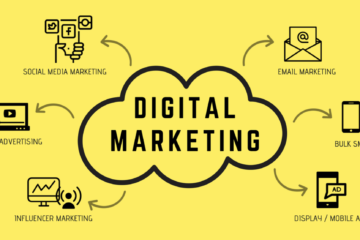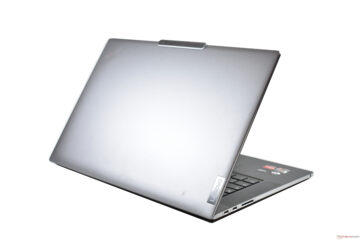Why You Should Use Laser 3d Printer Metal

A rising variety of sectors can profit from the well-documented advantages offered by metal 3D printing. A complicated assembly can be designed in one piece thanks to the ability of metal 3D printing to produce fragments with internal structures and geometries that are impossible to cast or otherwise fabricate. Doing so improves the efficiency of the finished item while saving time and labour during the assembly of the parts or when carrying out procedures like welding.
Rapidly producing working prototypes from the same material as production parts is now possible thanks to metal additive manufacturing. Additionally, thanks to technology, producing speciality metal components for high-tech industries like aerospace is much less expensive and time-consuming. The cost of printing in titanium and speciality alloys is decreased because there is far less waste when using metal 3D printing.
In reaAlmost business requiring metal parts or fixtures has profited from the time, money, labour, and material savings from laser metal 3D printing.
With increased office-ready printers offering quick returns on investment and production flexibility, metal 3D printing has recently become more accessible and affordable. The advancement of third-party 3D printing services reduces the costs associated with maintaining your system.
There has never been a better time to switch to metal parts that were 3D printed. Every few months, we update our in-depth coverage of the most reputable brands and cutting-edge metal additive manufacturing machines and explain the underlying technology. We examine what distinguishes them as well as some emerging alternatives.
Asking yourself the following questions will help you limit your possibilities when looking for your first metal 3D printer:
Which metal(s) or composites would you like to print on? What technical qualities are required for my finished prints? How crucial are volume and quickness to my business? Are the metal components I produce for a regulated industry? I need new skills to run the machine, or can the current staff do it? Does the manufacturer or supplier of my printers provide advice and support?
With a growing variety of suitable metals, manufacturers are releasing metal additive manufacturing equipment that is quicker, simpler to operate, and more powerful. Many companies are utilising these 3D metal printing technologies to create prototypes and metal parts at a lower cost while also gaining from the improved design freedom associated with additive manufacturing. They are appropriate for various industries, including engineering, health, automotive, aerospace, and more. Even if the cost of metal 3D printers has been slowly and marginally declining, these devices are still costly.
Consideration when purchasing a large format 3d printer
Before investing in a 3d printer 30x30x30, it is crucial to comprehend your application because there isn’t a 3D printer that will work for every possible use (s). It is reasonable to assume that acquiring a large printer will require a lot of room and electricity. However, it’s also crucial to consider how you’ll use your part, the materials you’ll need, the software you’ll need, how the print will be supported, and your budget.
Comparing materials is an excellent way to consider whether you want your system to be an open-source or closed-source 3D printer. What’s the distinction? Closed systems prevent you from utilising other printers and force you to use just their materials. Any material that fits the printer’s specifications can be used with an open-source system.
Every equipment manufacturer has software to prepare the item for building and slicing. However, some 3D printing firms are also open source and let you use any slicing program. There are benefits and drawbacks to this. You may already own soft and wish to keep using the software you are comfortable with, e program provided by the printer Read More




























